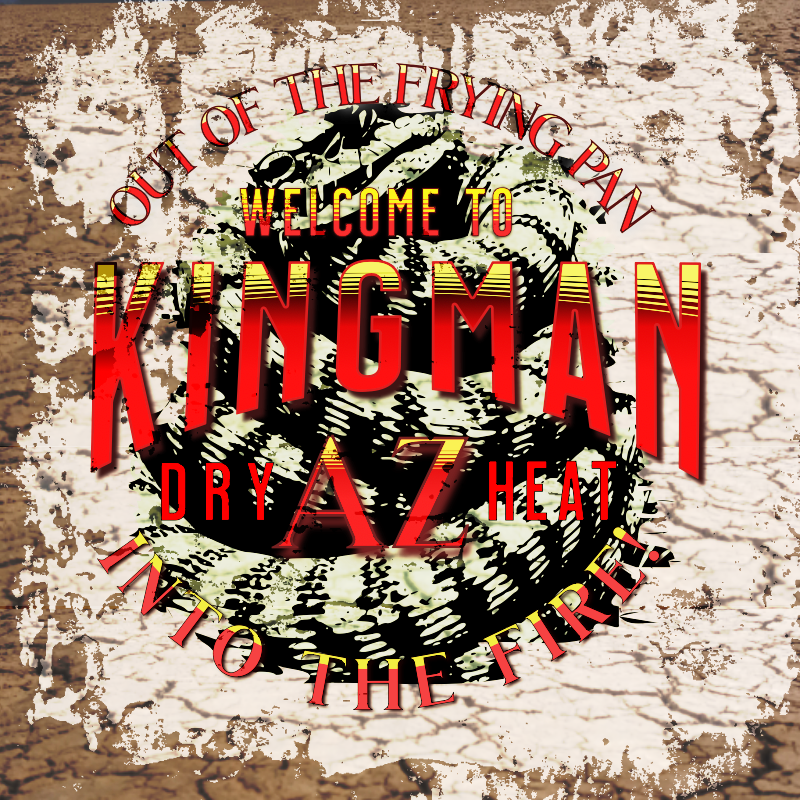Kingman, Arizona—a town known for its rugged individualism and traditional values—now stands at the crossroads of rapid growth and increasing diversity. As new residents flock to this high desert oasis, they bring with them a mix of cultures, ideas, and expectations. While diversity can be a catalyst for innovation and community enrichment, it can also ignite tensions when new ways of life clash with those of the native population. 🌵🏜️
As Kingman grapples with these challenges, it’s essential to look back at Arizona’s history for lessons on how diversity and change have played out in the past. The stories of the Pleasant Valley War, the Bisbee Deportation, the Gunfight at the O.K. Corral, and the clashes between Mexican and Native populations offer cautionary tales—and perhaps a blueprint for navigating the future. 📜💡 #HistoryLessons #ArizonaRoots

The Pleasant Valley War: A Feud in the Arizona Highlands
The Pleasant Valley War, also known as the Tonto Basin Feud, is one of Arizona’s most infamous historical conflicts. It took place in the late 19th century, deep in the Tonto Basin area, between the Graham and Tewksbury families. This feud, much like the legendary Hatfields and McCoys, was fueled by economic competition, cultural differences, and deep-seated personal animosities. 🐄🐑
The Grahams were cattle ranchers, while the Tewksburys were primarily sheepherders. In the Old West, cattlemen and sheepherders often found themselves at odds, as cattle ranchers believed sheep destroyed the grazing lands needed for their herds. This economic rivalry quickly escalated into a bloody feud, with both families enlisting allies and hired guns to fight their battles.
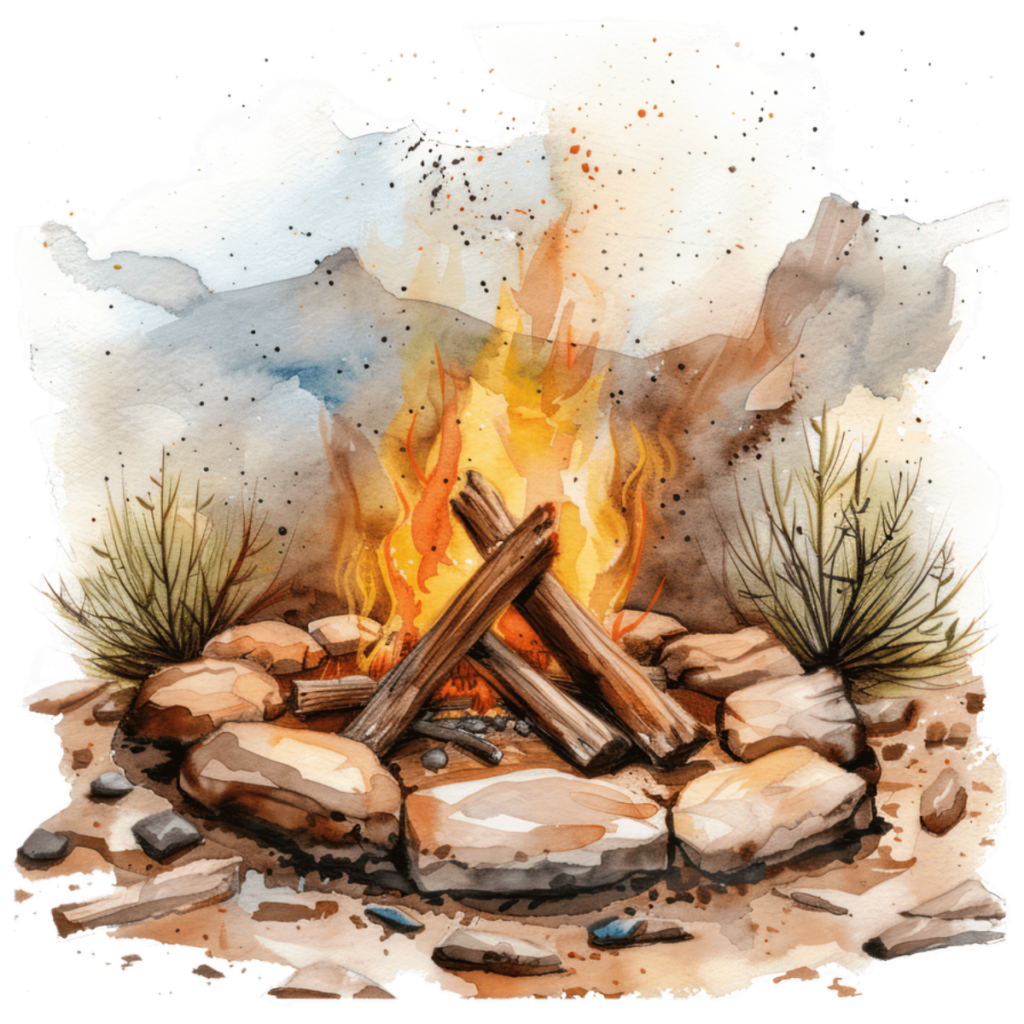
The Pleasant Valley War lasted nearly a decade, resulting in the deaths of dozens of people, including members of both families. It stands as a grim reminder of how economic and cultural differences, when left unchecked, can spiral into violence. 🌪️⚔️ #Feuds #ArizonaHistory
For Kingman, the lesson here is clear: Economic growth and the influx of diverse populations can create friction if not carefully managed. As the town continues to expand, it will be crucial to find ways to mediate potential conflicts before they escalate. Open dialogue and mutual respect can help ensure that diversity becomes a strength, rather than a source of division.
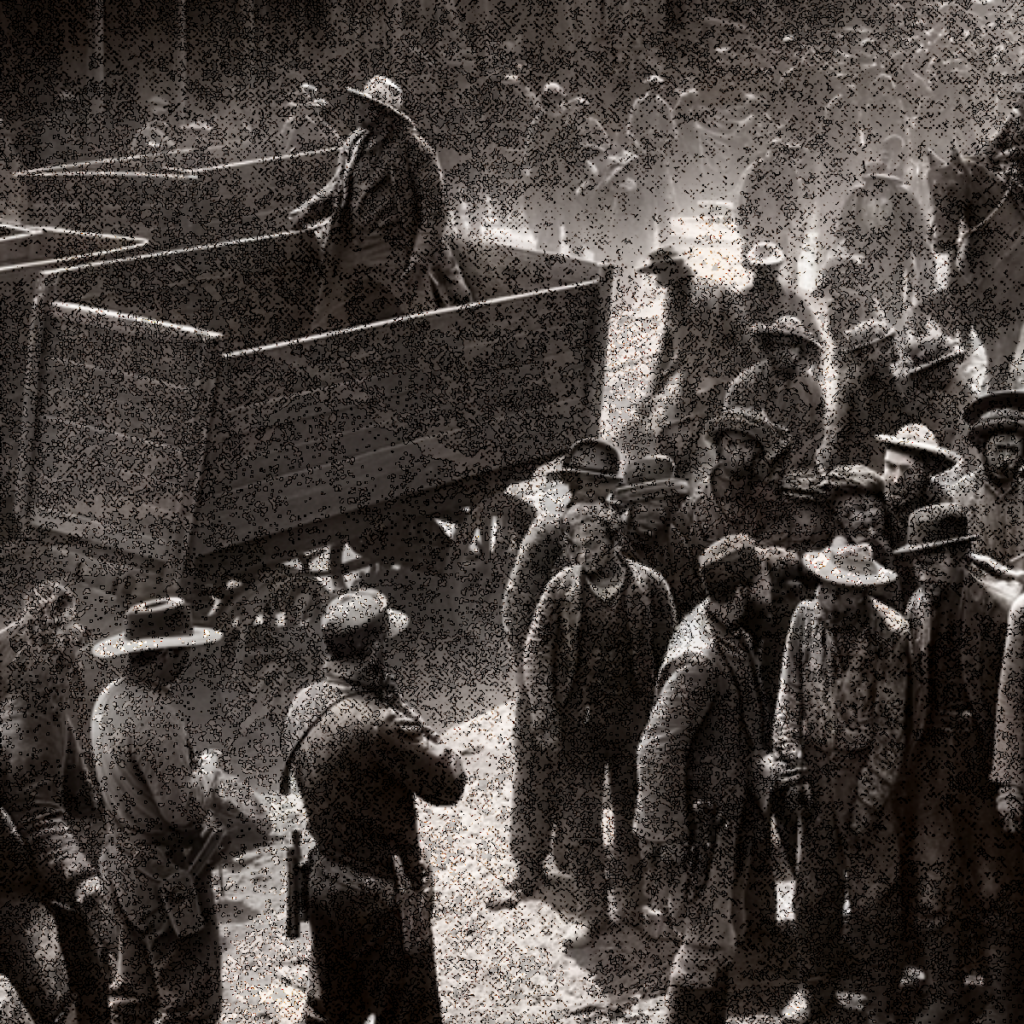
The Bisbee Deportation: When Labor Tensions Boiled Over
Another significant chapter in Arizona’s history is the Bisbee Deportation of 1917. This event occurred during World War I, a time when labor disputes and social tensions were on the rise across the United States. In the mining town of Bisbee, these tensions reached a breaking point, resulting in one of the most dramatic labor conflicts in American history. ⚒️💥
Bisbee, like many Arizona towns, was a melting pot of cultures, with a large population of Mexican and Eastern European immigrants working in the copper mines. The Industrial Workers of the World (IWW), a radical labor union, began organizing strikes in Bisbee to demand better working conditions and higher wages. Many local residents and mine owners viewed these strikes as unpatriotic and disruptive, especially during a time of national crisis.

On July 12, 1917, in response to an IWW-organized strike, a group of about 2,000 men, deputized by the sheriff and including local businessmen, forcibly rounded up over 1,000 striking miners, many of whom were immigrants. These miners were then loaded onto cattle cars and deported to a remote desert area in New Mexico, without food, water, or shelter. The Bisbee Deportation remains a dark and controversial chapter in Arizona’s history, illustrating how fears of change and outside influence can lead to extreme measures. 🚂💣 #LaborStruggles #Immigration
Kingman, as it undergoes its own transformation, can learn from the Bisbee Deportation by recognizing the dangers of allowing economic and cultural tensions to fester. Instead of viewing newcomers as a threat, Kingman’s leaders and residents should seek to integrate diverse populations into the community in ways that benefit everyone. By fostering inclusion and understanding, Kingman can avoid repeating the mistakes of the past.
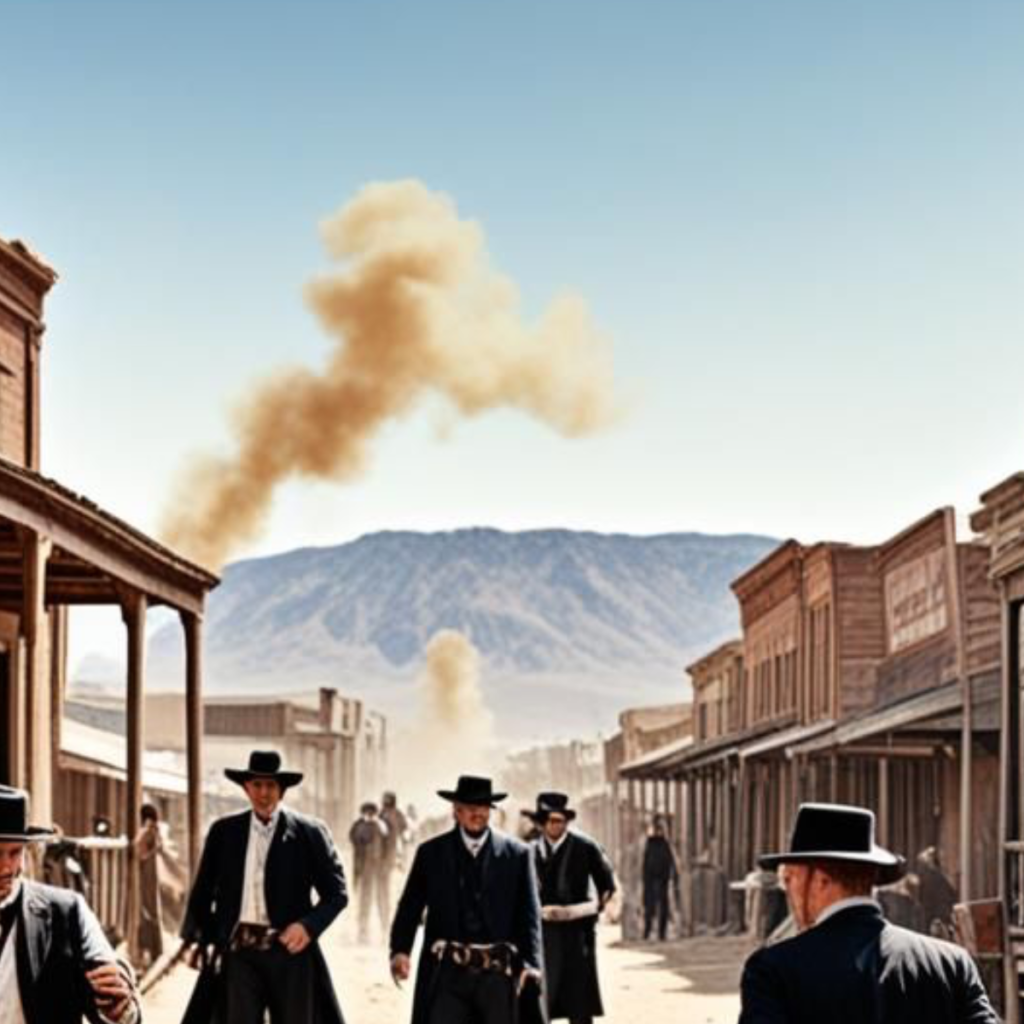
The Gunfight at the O.K. Corral: A Clash of Law and Lawlessness
No discussion of Arizona’s history would be complete without mentioning the Gunfight at the O.K. Corral, one of the most legendary events in the American West. This shootout took place in Tombstone on October 26, 1881, and has since become a symbol of the Wild West’s lawless frontier days. 🌵🔫 #WildWest #Legends
The gunfight was the result of ongoing tensions between two factions: the Earp brothers (Wyatt, Virgil, and Morgan), who represented law and order, and the Clanton-McLaury gang, who were involved in cattle rustling and other criminal activities. These groups were not just fighting over personal grievances—they represented different visions for the future of the West.
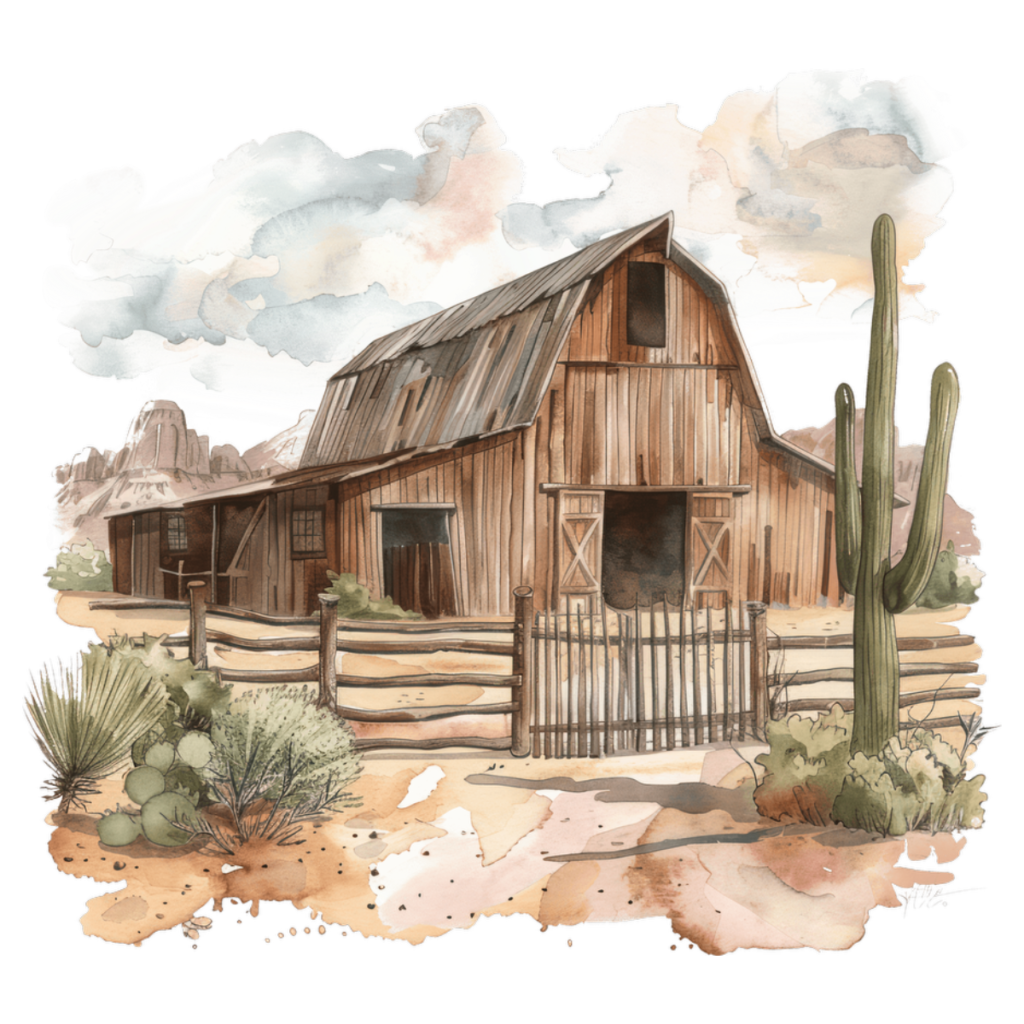
The Earps, supported by their ally Doc Holliday, sought to impose order and uphold the law, while the Clanton-McLaury gang resisted what they saw as the encroachment of authority on their way of life. The conflict culminated in a 30-second shootout that left three men dead and cemented the event in American folklore.
The Gunfight at the O.K. Corral exemplifies how clashes between different social groups—whether over economic interests, cultural values, or visions for the future—can lead to violence. For Kingman, this story serves as a reminder of the importance of finding common ground. As the town grows and diversifies, it will be crucial to ensure that different groups within the community feel heard and respected, preventing the kind of divisions that led to the infamous shootout in Tombstone. ⚖️🤝
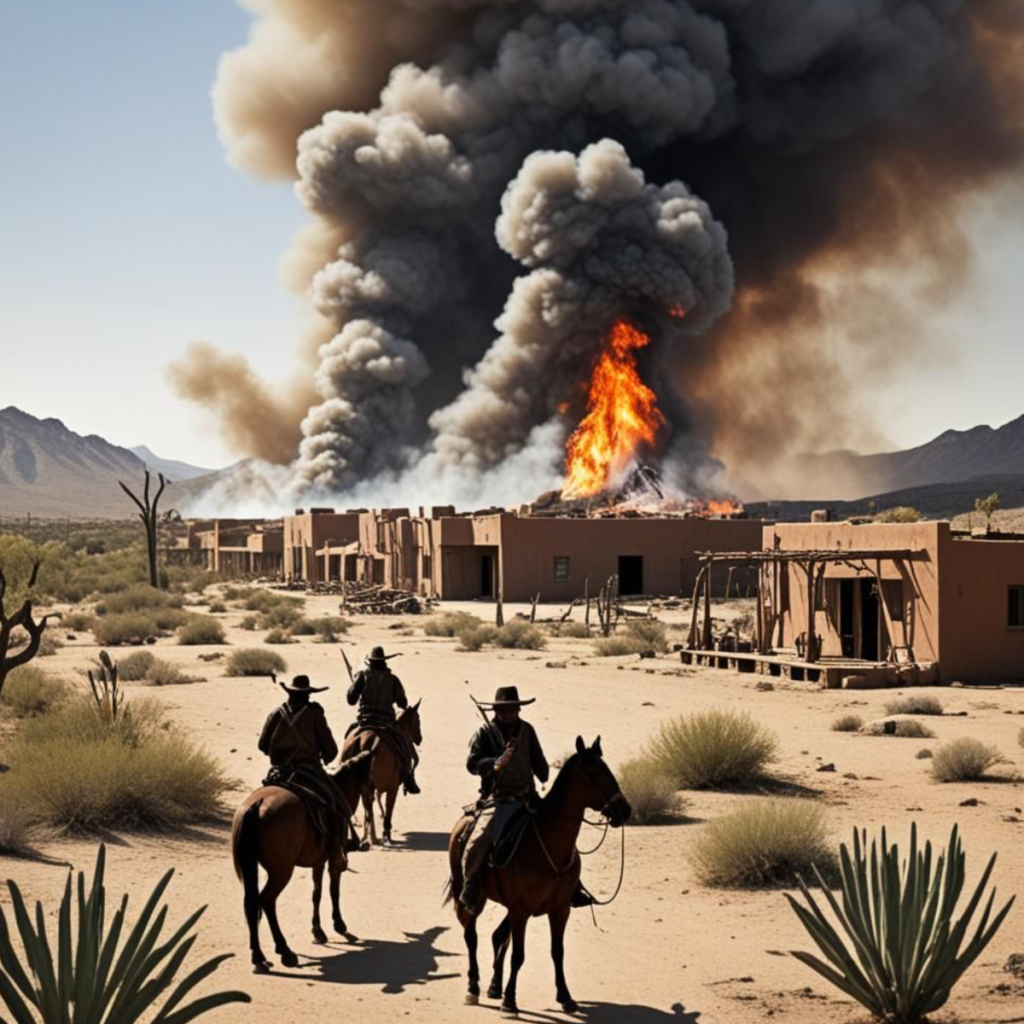
Clashes Between Mexican and Native Populations: A Struggle for Control and Identity
The history of Arizona is also marked by the long-standing tensions between Mexican settlers and Native American tribes, particularly during the 18th and 19th centuries. These conflicts were often driven by competition for resources, land, and cultural dominance. In many ways, they mirror the challenges Kingman faces today as different groups vie for influence and control. 🌾🏹
One of the most significant conflicts in this regard was the struggle between the Apache tribes and Mexican settlers. The Apache, fierce defenders of their territory, often raided Mexican settlements as they sought to resist the encroachment on their lands. These raids led to brutal retaliations from the Mexican military, creating a cycle of violence that lasted for decades. The conflict reached its height during the Apache Wars in the mid-19th century, which involved both Mexican and later American forces trying to subdue the Apache resistance.
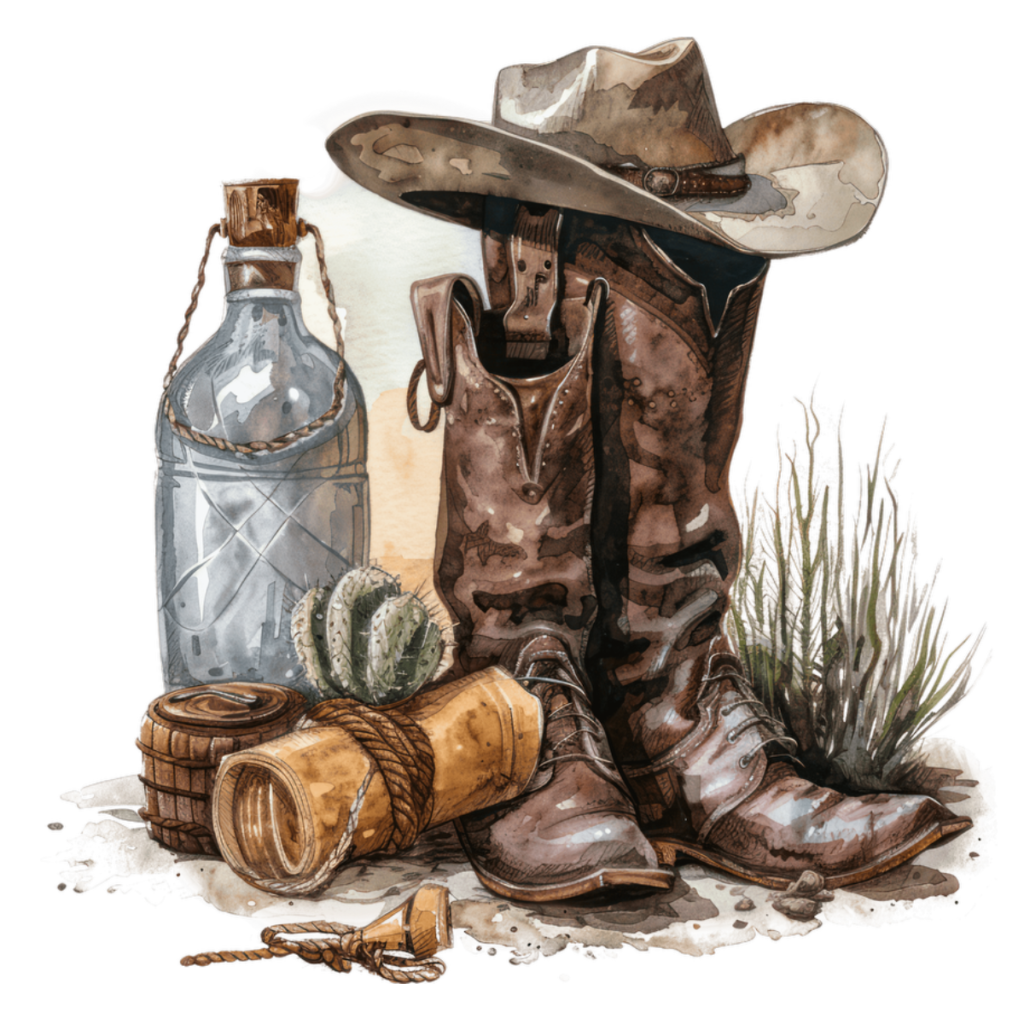
These clashes were not just about land but also about cultural survival. The Apache sought to preserve their way of life in the face of overwhelming external pressures, while Mexican settlers aimed to expand their influence and secure their settlements. This struggle for control and identity is a recurring theme in Arizona’s history, and it offers important lessons for Kingman as it navigates its own period of change. 🗡️🔥 #CulturalSurvival #ApacheWars
Similarly, the conflicts between the Spanish colonial authorities and the O’odham tribes in southern Arizona also demonstrate the complexities of cultural and territorial disputes. The O’odham people, who had long inhabited the region, found themselves at odds with the Spanish settlers’ attempts to impose new systems of governance, religion, and land use. These tensions sometimes erupted into violence, but they also led to periods of uneasy coexistence and negotiation.
For Kingman, the history of conflicts between Mexican and Native populations serves as a powerful reminder of the challenges that arise when diverse groups compete for limited resources and cultural influence. It underscores the importance of finding ways to integrate new populations while respecting the traditions and rights of those who have long called the area home.
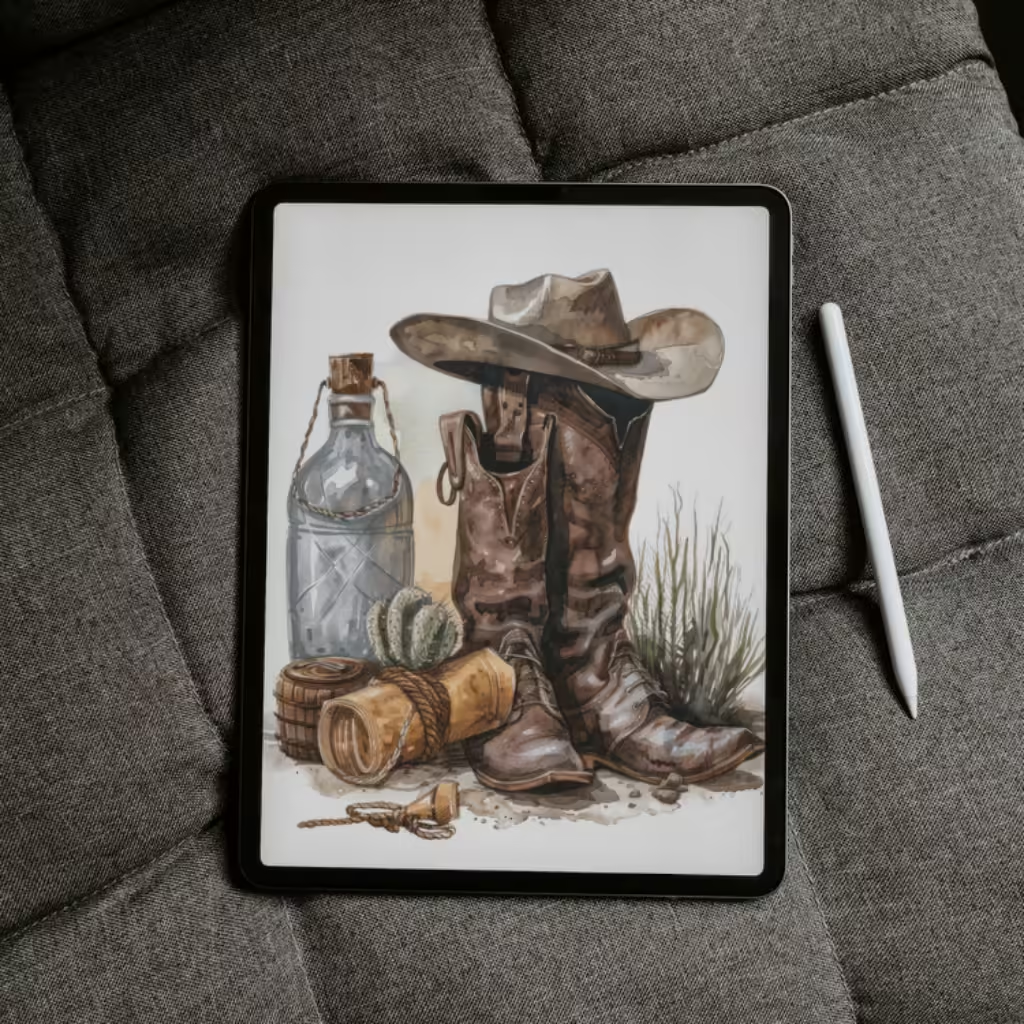
Kingman’s Path Forward: Blending Tradition with Progress
As Kingman stands on the brink of significant change, it faces a choice: Will it allow the tensions of growth and diversity to divide the community, or will it find a way to blend new ideas with its cherished traditions? By looking to Arizona’s history, Kingman can chart a course that honors its past while embracing its future. 🌅🌍 #KingmanStrong #FutureOfKingman
The key to success lies in fostering a sense of shared identity and purpose. This means creating spaces for dialogue, where longtime residents and newcomers can come together to discuss their visions for the town’s future. It means supporting local businesses and cultural initiatives that reflect the diverse makeup of the community. And it means ensuring that everyone—regardless of how long they’ve lived in Kingman—feels invested in the town’s success.
Kingman has always been a town of resilience and adaptability, qualities that will serve it well as it continues to grow. By embracing diversity with thoughtfulness and respect, Kingman can become a place where tradition and progress coexist harmoniously, creating a brighter future for all its residents. 🌟🏠 #KingmanProud #CommunityUnity
